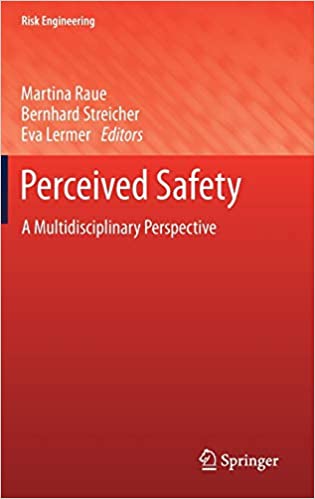
This book offers a multidisciplinary perspective on perceived safety. It discusses the concept of safety from engineering, philosophy, and psychology angles, and considers various definitions of safety and its relationship to risk. Examining the categorization of safety and the measurement of risk, risk cultures, basic human needs and decision-making under uncertainty, the contributions demonstrate the practical implications and applications in areas such as health behavior, aviation and sports.
Topics covered include:
What is “safety” and is there “optimal safety” in engineering?
Philosophical perspectives on safety and risk
Psychological perspectives on perceived safety: social factors of feeling safe
Psychological perspectives on perceived safety: zero-risk bias, feelings & learned carelessness
Perception of aviation safety
Intended for both practitioners and academic researchers, this book appeals to anyone interested in decision-making and the perception and establishment of safety.
Reviews
More Books from the AgeLab





